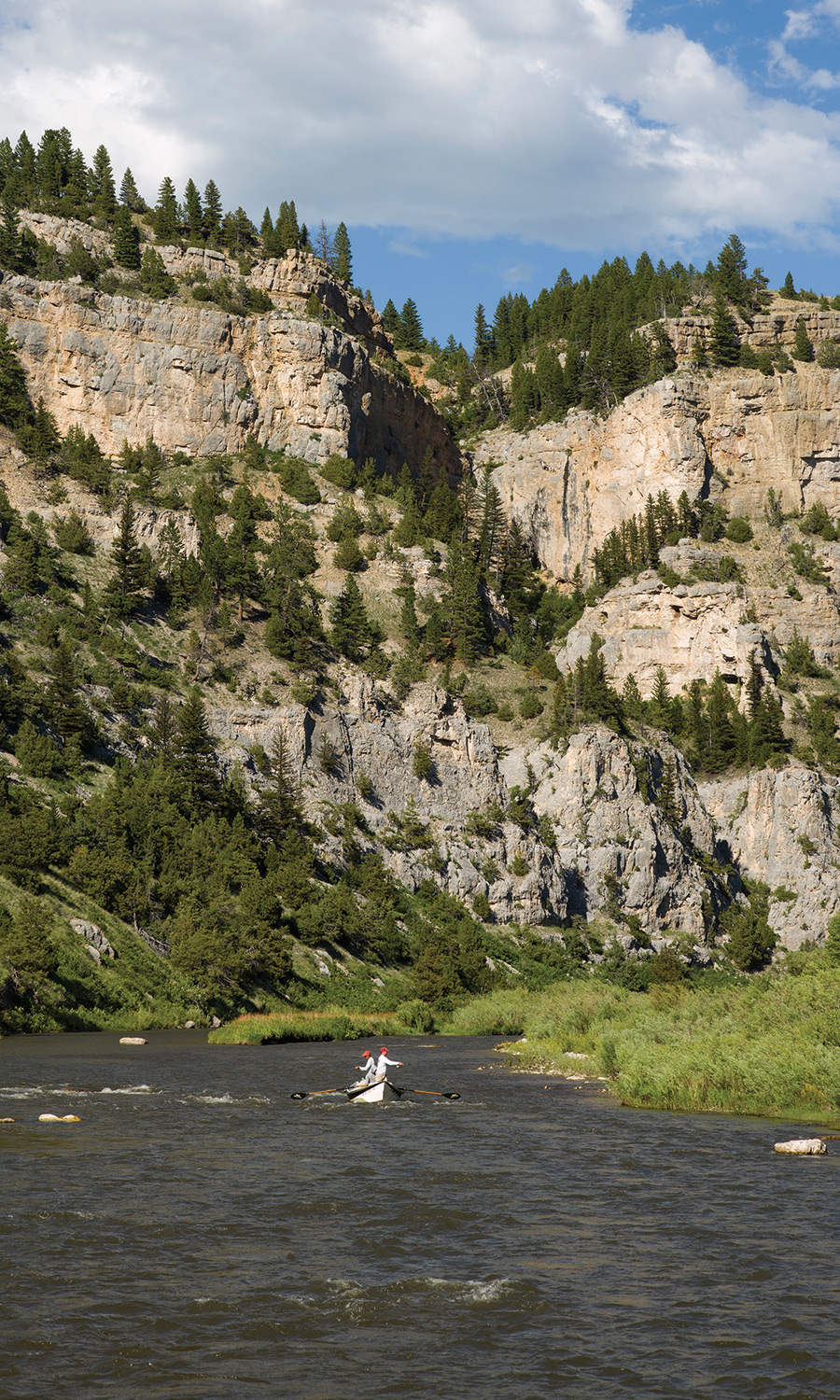
08 Feb Round Up: Protecting Montana’s Trout Fisheries
As the executive director of Montana Trout Unlimited, David Brooks spends his days learning the ins and outs of legislation and issues as they pertain to fisheries. Dedicated to conserving, protecting, and restoring Montana’s coldwater fisheries and their watersheds, he’s the guy we approached to ask about the biggest threats to trout habitat in our area.
BSJ: What do you see as the most pressing issues that face Montana’s fishing waters right now?
BROOKS: There are four big picture things that I would identify as threats: invasive species, state and federal budgets for fisheries management, regulations and rules to do with clean water and mining, and the biggest is developing resilience in the face of climate change.

David Brooks, executive director of Montana Trout Unlimited.
BSJ: With such big issues, how do you decide what to tackle next?
BROOKS: We try to tackle things on a watershed scale with specific projects, or rules being repealed or created, and try to keep it close to home and Montana-focused. For example, we’ve heard a lot in the last year about invasive mussels in Montana. Our state’s willingness to fund a robust aquatic invasive species plan is important, so we are working closely with state agencies on that issue.
BSJ: Can you talk more about the invasive species problem?
BROOKS: Really, it’s watershed-based invasive species issues we focus on a lot of the time. One example is invasive lake trout in Swan Lake that are threatening Montana’s wild and native trout populations. When Swan Lake was healthy not that many years ago, 10 percent of all the bull trout in the Northwest lived there, but that’s been greatly reduced. We are committing time and resources to the recovery of this native trout fishery.
BSJ: What kinds of laws and regulations are you focused on?
BROOKS: There are two playing out right now. For one, the Trump administration is trying to repeal and rewrite the Clean Water Rule. More than half of our stream mileage in Montana is protected under the 2015 Clean Water Rule, and we could lose protection along with thousands of acres of wetlands covered in that jurisdiction. The streams covered provide the clean and cold water for the spawning tributaries essential to native and wild trout. Without the rule, the birthplaces of our wild trout are at risk of pollution and development.
The Trump administration is also abandoning an Obama-era rule to require mining companies to have bond money in hand to handle unexpected spills and cleanup. Beyond fishing, this is about clean water for drinking. It’s also about protecting taxpayers from footing the cleanup costs of mining.
BSJ: How is a lack of funding causing problems?
BROOKS: We’re seeing budgetary concerns at the state and federal level. Fish, Wildlife and Parks has had to make $1 million in cuts to its fisheries programs, which has included serious cuts to wild trout stocking of popular angling destinations, programs that help perpetuate the tailwater fisheries of the Missouri River.
BSJ: What can passionate individuals do to help?
BROOKS: Find a local watershed group, Trout Unlimited or a local chapter [there are 13 in Montana], and pay attention to what they are doing. Most offer chances for the public to get engaged, whether it’s a phone call to decision makers or showing up at a hearing. We can help educate people on issues and help people do something collective, rather than try to move the needle on something individually, which is really hard. Sign up for emails, find us on Facebook, Instagram, on our website montanatu.org, or call me.




No Comments